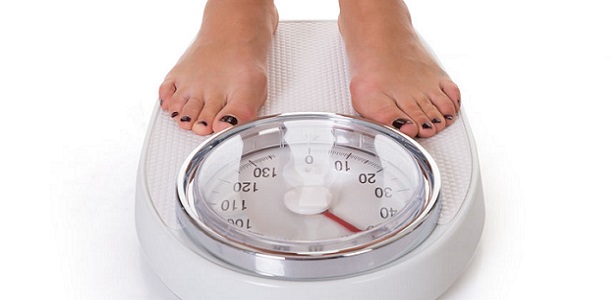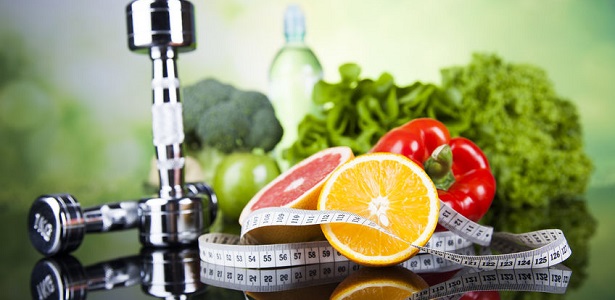MCT Oil And Weight Loss
What is MCT Oil?
MCT is an acronym for medium-chain triglycerides, which is a saturated fatty acid that has proven to have several health benefits. The fatty acid is able to improve your cognitive functions, as well as help you to lose weight. One of the best sources of MCT is coconut oil.
MCTs are also referred to as MCFAs, which is short for medium-chain fatty acids and is not present in most people’s diets. The reasoning is because most people have a notion that any form of saturated fat is pernicious.
Studies have shown that MCT Oil should be consumed daily as it is easier to digest than long-chain triglycerides and possibly possess more health benefits. Apart from coconut oil, you can find MTC in whole milk, butter, cheese and full-fat yogurt.
Why should you consume MCT Oil?
As medium-chain triglycerides are easy to consume, it goes straight into the liver where it has a positive effect on your metabolism. MCT is burnt by the body for fuel. The body does not store it as fat, thereby, helping you to lose weight
The other benefits of MCT Oil:
- Balances hormone levels.
- Combats bacterial infections.
- Provides the body with energy.
- Helps you to maintain a healthy weight.
- Improves your mood.
- Assists in the digestion.
How does MCT Oil help with weight loss?
We are glad you asked. As MCT is burnt and metabolized quickly, it helps you to lose weight. The MCT is absorbed from the gut and into the liver and is not stored as fat, instead, the body burns it to supply you with energy.
Research conducted has shown that the consumption of coconut oil has resulted in significant weight loss because the energy and fat burning increased. One of the benefits of coconut oil is its ability to speed up the metabolism, as well as curbing your appetite, thereby, allowing the consumer to lose significant stomach fat.
MCT also has the ability to act as an antioxidant and has antimicrobial properties. These roles result in the support of your immune system, as well as being a source of antibacterial and antifungal.
Since MCTs are a fat burning oil, it is absorbed in the blood, which boosts the metabolism, reduces fat storage, is able to burn fat and calories, not to mention curb your appetite. Studies have clearly proven that MCTs are able to burn 460 calories daily in men, while only 190 in women. As a result of suppressing your appetite, you lose weight, but MCTs make you feel full. You will not get that craving feeling that may lead to gaining weight if you act on it.
The individuals who undertook the testing had seen that MCT was able to improve the cholesterol profile. After the experiment, the participants were convinced, since they had seen proof that MCT is able to help you lose weight, as well as body fat and subcutaneous fat. The participants not only lost the fat but at the same time, their triglycerides had also decreased.

 Subscribe Now
Subscribe Now



